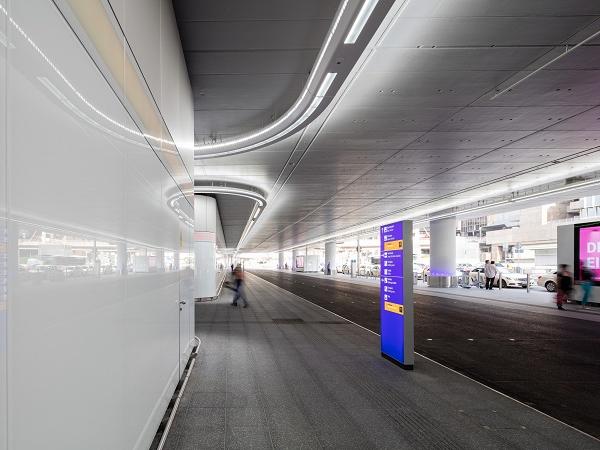
Date: 13 July 2018
Summer means vacation time… and at Frankfurt Airport this means higher passenger throughput. There really is no room for error, as logistical mistakes make themselves felt almost instantly, so it’s no wonder that renovation projects have to be completed before the peak season.
The renovation of the arrivals level at Frankfurt Airport got underway at Easter in 2015, with the entire outer area undergoing modernization. So everyone involved in this project was relieved when the newly refurbished terminal re-opened in June 9, 2016, just in time for holiday makers.

After the revamp, the covered terminal access road now looks brighter, calmer, more prestigious, and much tidier. Traffic flow has also been improved, because this area is now separated from through-traffic by a barrier, and the number of cars parking has been reduced.
In addition, the lion’s share of truck and bus traffic to and from the terminal entrances has been rerouted. Neater traffic routing is an antidote to tailbacks at peak times and thus simplifies navigation for passengers and their collectors.
In addition to the upgrade of the sidewalk and road, the old perforated-block façade has been replaced by a light-colored metal-and-glass surface, comprising over 1,000 m2 of new glass and 2,100 m2 of metal.
The renovation project was designed by architects “netzwerkarchitekten” in Darmstadt, who implemented it with the help of partners.
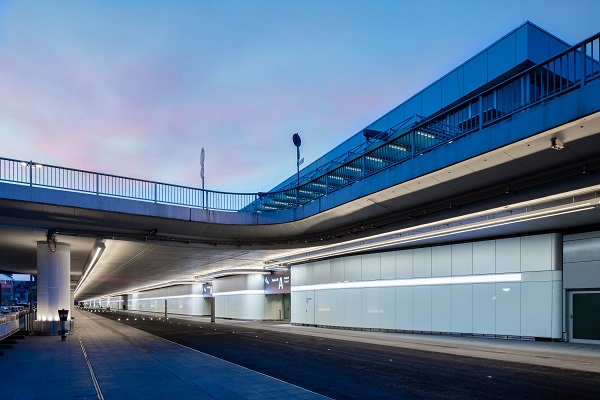
Everything was fitted to a steel substructure, which alone weighs 48 metric tons. Attached to this are 800 m² of anodized aluminum wall cladding, 320 m² of enameled steel sheet, as further wall cladding, and 570 m² of stainless steel ramming protection. Elegance defines the look of the new 850m² Structural Sealant Glazing (SSG) façade.
Comprising flat and curved glass panes, its support structure is invisible from outside.
For the production of the flat laminated safety glass panes on this façade, Thiele Glas in Wermsdorf used 2 x 10 mm ESG-H fully tempered white glass, Trosifol® Diamond White PVB film and transparent Trosifol® UltraClear. Both films are also used in the curved panes, but in combination with 2 x 10 mm heat-strengthened white glass.
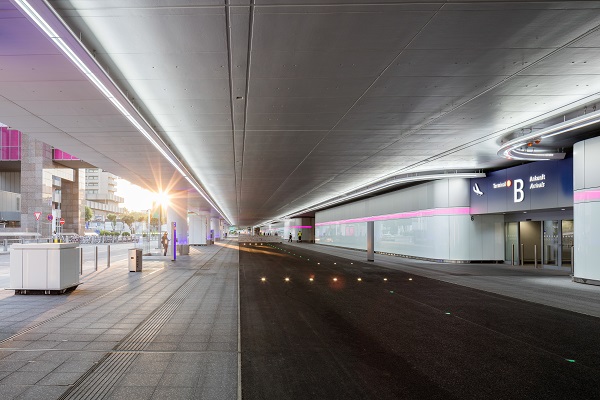
Trosifol® UltraClear is a highly transparent PVB film with high adhesion and is especially recommended for laminated safety glass comprising tempered and heat-strengthened glass. It contains a high-performance UV-stabilizer with what is probably the world’s lowest yellowing value, coupled to long-term stability, which has been proven many times over in practice.
The PVB film Trosifol® Color Diamond White is remarkable and unique in that is the only PVB film worldwide to be absolutely opaque. It has a rich, bright white with an aesthetic color impact and impressively high reflectivity. It is also noted for its outstanding edge stability, high mechanical strength, and excellent long-term stability.
On the previously somewhat gloomy Arrivals level, it has creates a bright and welcoming atmosphere and adds vitality in combination with the glass media strip and its areas of screen-printing.
For the glass construction, Trosifol® customer Glasbau Gipser teamed up with another longstanding Trosifol® partner, Finiglas, in Dülmen, who stress-relieved, bent and laminated the heat-strengthened glass.
The entire surface is illuminated by a total of 144,000 energy-saving LEDs in two 450 m-long lighting systems and 34,000 LED light spots in the façade that now give Arrivals level 1 its own unique ambiance. The vehicle approach to the 40-year-old terminal has also been given a totally novel digital advertising strategy. Six large-format LED surfaces are color-accentuated by a strip of lighting in the terminal façade, creating a multimedia space for airport advertising.

Modernization work was also performed on the columns and slabs of the access road to the Departures level above, with the building joints being overhauled, staircases upgraded, new walls erected to screen off the courtyards, and the terminal building fitted with new entrance doors.
But what is between the new illuminated facade and the old terminal – a secret passageway? “Of course not,” says Philipp Schiffer, engineer and architect of netzwerkarchitekten. “This is where we have accommodated the equipment. The switch cabinets, electrical cable ducts, sprinkler pipework, and heat exchangers are concealed behind the walls, and near the exits we have created the transition from the new front of the façade to the existing building by curving the glass and metal cassettes. So that everything runs more smoothly, we have replaced the floorcoverings as well.”
Architect: Netzwerkarchitekten
Execution: Glasbau Gipser / Halle (Saale)
Glass suppliers: Thiele Glas and Finiglas
Structural design: S.A.N. Beratende Bauingenieure GmbH
Lighting design: Martin Klingler
Client: Fraport
(Photos: Jörg Hempel, Aachen)
 600450
600450


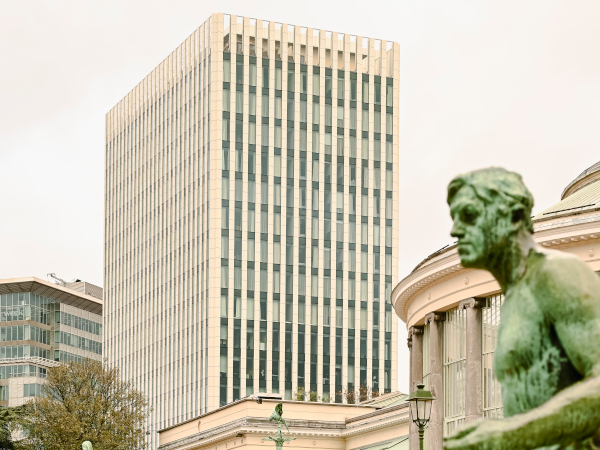

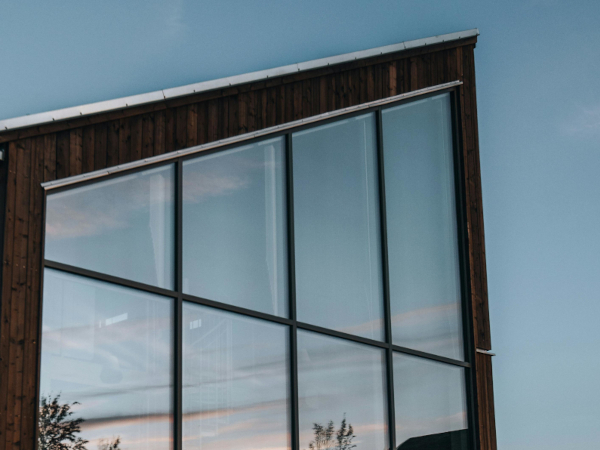

























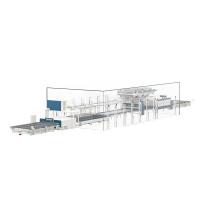
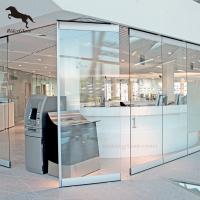
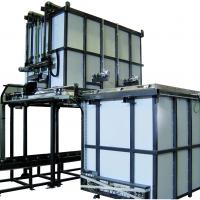
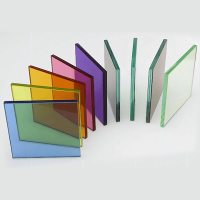

Add new comment